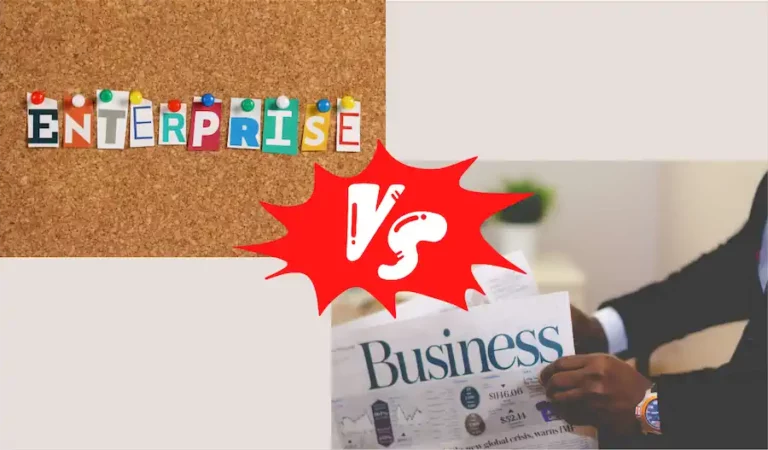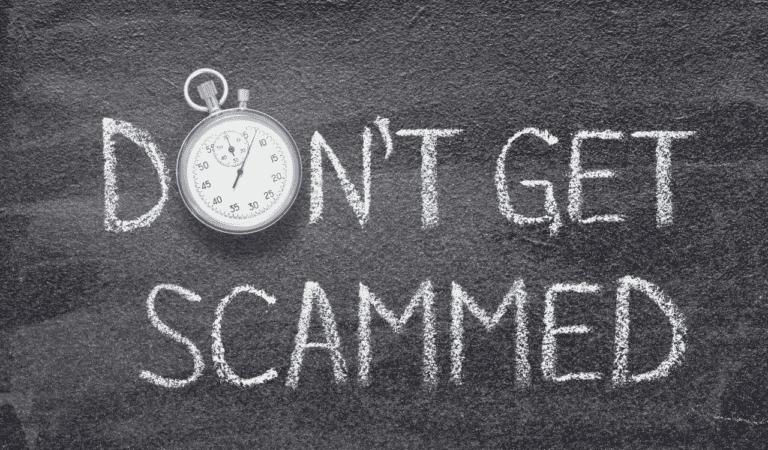6 reasons to start your email list right now
[Disclosure: this post may contain affiliate links, this means I get a commission if you decide to make a purchase through my links. This is at no cost to you. Please read my disclosure information for more details.]
Do you find yourself constantly unsubscribing from people’s email lists? I know I do. And it’s not for the reasons you might think. Lately I’ve been on a buying spree and if I get an email offering xyz I’m buying it. In order to stop that I keep unsubscribing. Except in this one case where the button to unsubscribe took me to another product offer! I had to buy it and I wrote her telling her how I considered her a genius.
Email lists are powerful and can help your business grow. Here are some reasons you should start your own email list.
Reasons to build an email list
You own your email list
We all have social media accounts and are obsessed on getting followers and grow engagement on those social media platforms. However, we are only participants in those channels, the platform is not ours. So if it shuts down and you’re depending on sales from those channels you’re going to be in trouble.
You grow an email list through an email provider like ConvertKit or MailChimp and they help you manage your subscribers, but you are the owner of that list of contacts. That is the difference.
Start a following early on
You’ve just launched your blog, it’s probably too soon to start an email list, right? Nope. That is the perfect time to start it. Putting a subscription form on your website is as easy as creating a form in ConvertKit and then add an HTML block into your WordPress page. (Learn more about WordPress here).
Does it feel awkward? Yes. Will people start subscribing immediately to your list? Probably not. But you’ve set the infrastructure down and are ready to start gathering quality subscribers as your blog takes off.
Later on you’ll be thankful you started this early in your blogging journey. (Want to start a blog? Read “Start a blogging business in 7 easy steps“.

Build a relationship with potential customers
There are two things that truly make a difference in business. Give value consistently to your customers and create relationships with them. For your readers to become your customers they must know, like and trust you. And that is possible when you have them on your email list and reach out to them.
Later on I’ll talk about how often you should email your list, but know that once you make that connection they will not hesitate in buying from you.
I follow Monica Froese who talks about selling digital products and without fail I buy whatever she puts out, without hesitation. Because I’ve gotten to know her not just through emails but through the workshops she puts out. I know she always gives value and trust her implicitly.
Get visitors to return to your website
I’m sure you have organic traffic going to your site but what about getting readers to come back to your site? The more they know you and see your offers and content, the more easily they will buy from you.
Someone pointed out the other day that people don’t just go visit blogs. And I realized that it’s true for me as well. I never just jump to a blog to see what new content they have for me. I do it in YouTube, but not for blogs. So emailing them with information about what you are up to can help your readers come back and increase those page views (which matters if you have display ads on).

Be able to offer your products and services
Have you ever received a trail of emails where the author hints and teases about this new thing they have coming up. Personally I don’t like them, but a lot of people need that warming up in order to purchase something.
You can use that newsletter to start answering questions before you’ve even opened your cart to sell your product. There is a whole science to this and it takes 8 or more emails to get your subscribers ready for purchase, but you won’t have to worry about it because you already have a growing list ready to hear your offers.
Ability to find what your audience wants with polls & surveys
Whenever you start a course on making and selling products, the teacher will ask what your audience/readers need help with.
Once you’ve got an email list you can go directly to the source and ask them through polls or surveys to see what their pain points are. With that information you can start planning your next product idea with more certainty than if you just decided out of the blue what you “think” they need help with.
Think of it as part of the idea validation stage of your product process. This is a very important step when creating a product or service and you should never skip it. You might want to read my article ‘Why Idea Validation Is Important In Online Business’.
What you need to build an email list
Setting up an email list is relatively easy. You’ll need:
- An email provider (ConverKit, MailChimp, MailerLite)
- A form or landing page created with that email provider
- A website to publish that form or landing page (optional)
- A way to tell others about your form/landing page
How often should I email my list?
There’s two schools of thought in this issue. Some, like Amy Porterfield, that says that you should be emailing every single week. Some like Meera Kothand that says you should only email whenever you have value to give your audience and not always with a sales offer.
Which one to do? Personally I don’t think I could write a newsletter each week on top of the content I write for the blog. However what you can do is batch the writing. Let’s say take the first week of the month and write all the newsletters you are going to send that month.
Batching tasks is really helpful to get yourself organized and that way you can plan ahead your sales strategy when you launch a product.
Conclusion
You need that list and you need it NOW.
Most email providers have a free plan that will help you get your list started, so don’t start worrying about how much it costs. I use ConvertKit and have found it easy to set up and use.







